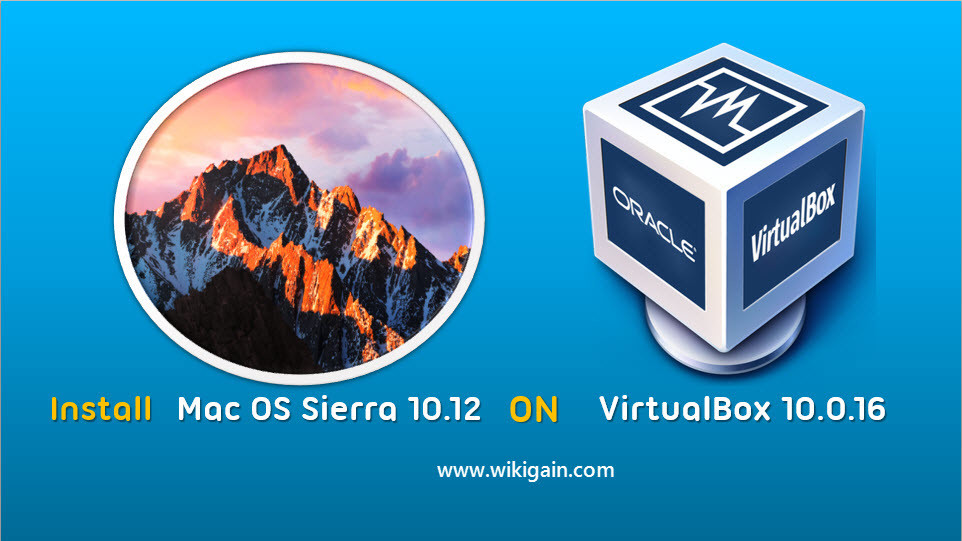May 22, 2017 In order to mount an image file on VirtualBox, I needed to convert an IMG image file into an ISO format (VirtualBox does not support mounting IMG files). With OSFMount I found a free and handy tool for this purpose. Download and install the software, then mount the IMG file you need to convert. How can I convert a virtual image into.iso file for a physical machine? I have created one virtualbox VM with Centos OS and different collection of software where integrated for distributed. When installing Linux on a virtualbox with a windows 7 64bit host. I get the following screen. All the tutorials I have watched on how to install Linux on a virtualbox always skip this screen. I am using a iso file but I do not see an option to enter the path of said iso file.
- Convert Iso Img
- Virtualbox Not Seeing Iso Img Or Dmg Files Online
- Virtualbox Not Seeing Iso Img Or Dmg Files Mac
- Virtualbox Not Seeing Iso Img Or Dmg Files Download
Hi, I'm new to the virtualization concept and after installing VirtualBox with Vista (as a guest), I can't figure out a way of importing files into the guest system. VirtualBox recognizes only.OFV type files which means, it doesn't see any files on the host machine.
In order to mount an image file on VirtualBox, I needed to convert an IMG image file into an ISO format (VirtualBox does not support mounting IMG files). There seem to be a myriad of applications available for this purpose; many of them commercial or at least shareware.

With OSFMount I found a free and handy tool for this purpose. Download and install the software, then mount the IMG file you need to convert.
Right click the mounted drive and select “Save to image file…”.
Choose “RAW CD Image (*.iso)” and Voilà! You have an ISO file, which can be mounted by VirtualBox.
Convert Iso Img
How-To Geek Forums / Windows 7
Hi, I'm new to the virtualization concept and after installing VirtualBox with Vista (as a guest) , I can't figure out a way of importing files into the guest system. VirtualBox recognizes only .OFV type files which means, it doesn't see any files on the host machine.
Is there a way of converting files ( .exe; .doc; .png) to the .ofv format? - or some other way to import them into the guest system?
Any help would be appreciated.
Thank you,
Lech
Virtualbox Not Seeing Iso Img Or Dmg Files Online
You have to RUN the GUEST ADDITIONS in the VB. You should see that on the DEVICES pulldown on the upper left. After that is done you can access ALL files on your computer.
Irv S.
Hi. Drop the files in the public folder on your host, then access them from the guest.
I think the import function you speak of is for importing virtual appliances.
Like Irv said...run guest additions and set a shared folder to share files between the guest and host. I set up a shared folder in my host's My Documents folder to share files between all VMs (I have a couple; xp and a xubuntu guest VM running on my Win 7 host computer) I can move files beteen them using that folder. If your share is the entire My Documents folder it will include all subfolders as well, but I just prefer a single folder to share.
EDIT: Guest additions also allows seamless mode so you can have linux and windows programs running on a single desktop, or older windows programs in the xp VM along side the Win 7 machine, imagine running IE8 along side IE 9 for example (the host desktop).
You can also go via an USB stick. Have to enable the USB port when the virtual machine is stopped. The stick should be on line.
Virtualbox Not Seeing Iso Img Or Dmg Files Mac
Topic Closed
Virtualbox Not Seeing Iso Img Or Dmg Files Download
This topic has been closed to new replies.